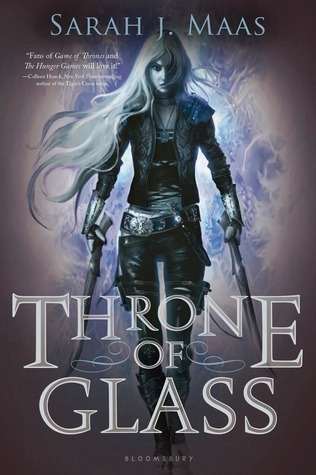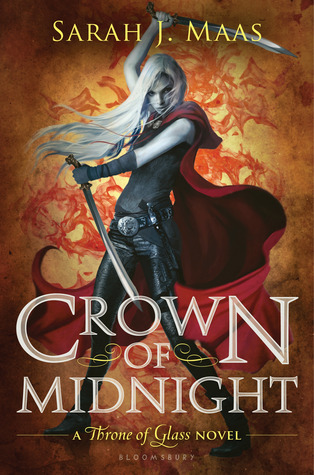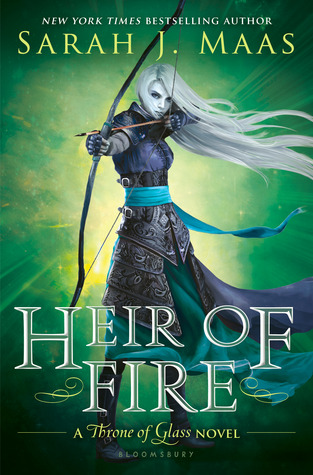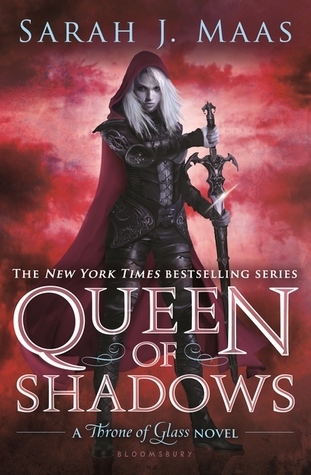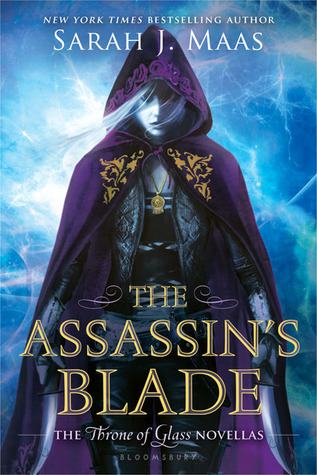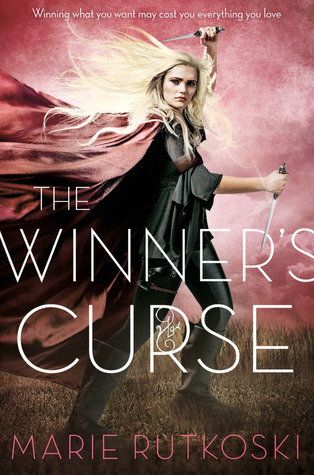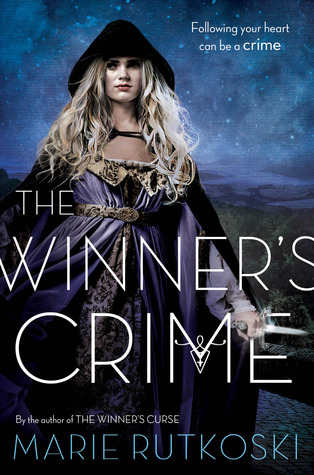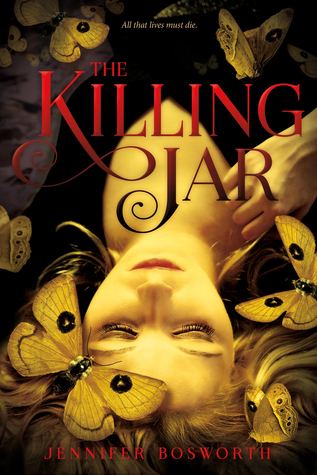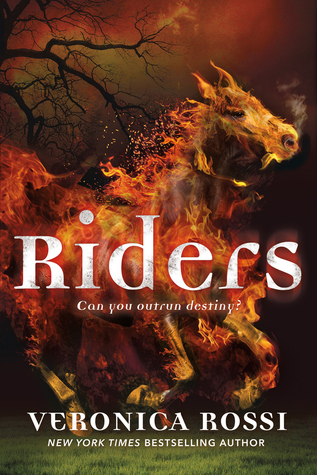Truthwitch by Susan Dennard
Get It |
Add It
Fantasy,
416 pages
Published January 5th 2016 by Tor Teen
On a continent ruled by three empires, some are born with a “witchery”, a magical skill that sets them apart from others.
In the Witchlands, there are almost as many types of magic as there are ways to get in trouble—as two desperate young women know all too well.
Safiya is a Truthwitch, able to discern truth from lie. It’s a powerful magic that many would kill to have on their side, especially amongst the nobility to which Safi was born. So Safi must keep her gift hidden, lest she be used as a pawn in the struggle between empires.
Iseult, a Threadwitch, can see the invisible ties that bind and entangle the lives around her—but she cannot see the bonds that touch her own heart. Her unlikely friendship with Safi has taken her from life as an outcast into one of reckless adventure, where she is a cool, wary balance to Safi’s hotheaded impulsiveness.
Safi and Iseult just want to be free to live their own lives, but war is coming to the Witchlands. With the help of the cunning Prince Merik (a Windwitch and ship’s captain) and the hindrance of a Bloodwitch bent on revenge, the friends must fight emperors, princes, and mercenaries alike, who will stop at nothing to get their hands on a Truthwitch.
I have to say, there came a point in this when I was feeling pretty let down. Hype has been
strong with this book, and I was so excited to find out what all of that hype was about when it showed up in my mail – and then I found myself kind of feeling like I had to slog through it, and not really connecting with the world or the characters at all. I found it very, very cheesy in the beginning, and jumbled and messy – I couldn’t quite put my finger on it, but I think it was a number of smaller things: I didn’t fully buy the premise of “Threads” and the various witcheries, didn’t buy the names and the cultures as indeed separate languages and cultures; didn’t fully buy the relationship between the two female leads and the way the complete each other’s
sandwiches sentences well, fighting moves, really. Names and locations seemed picked for individual sound, not for any truth to the weight of cultural heritage, which is one of my biggest fantasy pet peeves, and the fantastical premise and overall world-building was really hanging by a thread (
ba dum tss), which is the
other of my big fantasy pet peeves. All in all, I was ready to call it quits on this one at about 50 pages in, and write it off as one of those weird mindfreaks that sweeps through the blogging world on occasion.
But then something happened. I don’t know that it ever became That Book that everyone has been raving about, for me, but it did take a pretty sharp turn into ‘Hey, this isn’t so bad,’ and from there into ‘Hmm, this is vaguely addicting.’ It still sometimes irritated me with its gimmicky treatment of multiple POVs (I call it the Dan Brown Style™ of writing, where each chapter/POV is cut off right at the crucial moment, like a mini-cliffhanger, which is a trick that has a very short shelf life, before it becomes very obnoxious and starts absolutely
killing the tension the author has worked so hard to build); the names and gimmicks and the easiness of things still sometimes jangled against me, the jumble of the magic and the “witcheries” still got on my nerves a bit, or felt hollow and a little too far of a stretch for me to willingly suspend disbelief (completely). And yet . . . Somewhere along the line, I grew to start really enjoying it. I couldn’t help but be drawn along, eager to see how it was all going to play out in the end – and I also found myself still thinking about it, still feeling like I should be reading it, should be continuing on with the characters, for days afterwards. It had worked its way into my head, and I came around to it.
Reading it on the heels of
Six of Crows probably didn’t help, as you kinda can't help but compare the two, Tidewitches and all, and feel this falls short. But once the ball really got rolling, it was pretty damn enjoyable, and there are elements there that I actually do love (and man! Let me tell you, I was so excited to see a story where the focus (at least, for a time) was on a female friendship. Of course,
of course, romantic tension competes hard for top billing, but the friendship aspect remains strong, and from the bits of the world mythology we get sprinkled throughout, I think that’s a trend that’s going to continue throughout the series, and that makes me very happy. YA
desperately needs a stronger focus on friendships), and so, though in the beginning I felt sure I was going to abandon this one to the DNF pile, in the end, I find myself actually pretty eager for book two.
Go figure.




